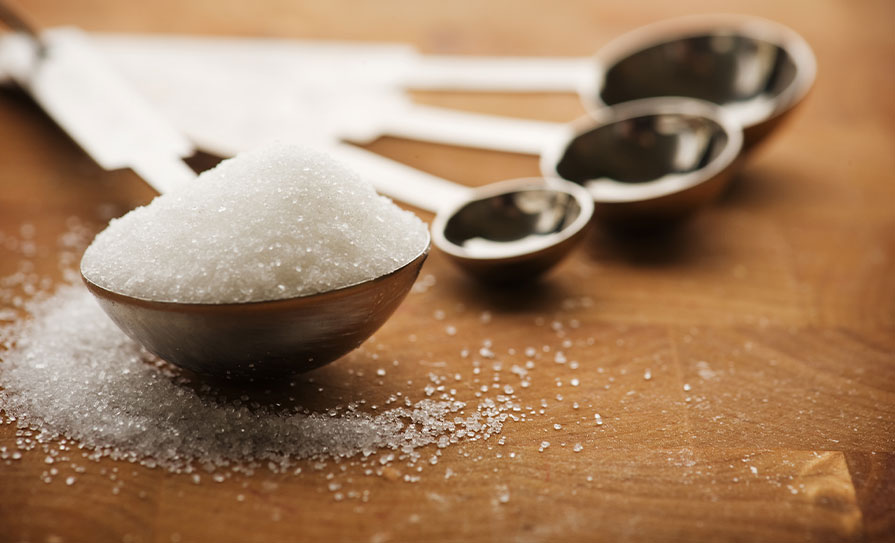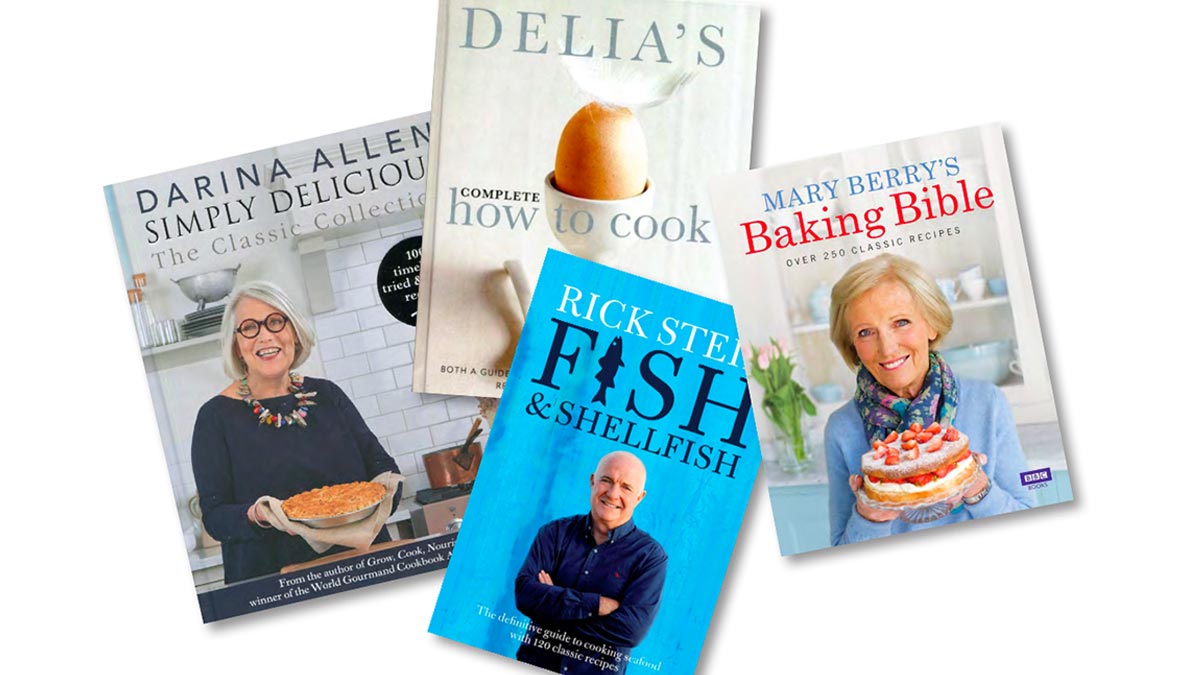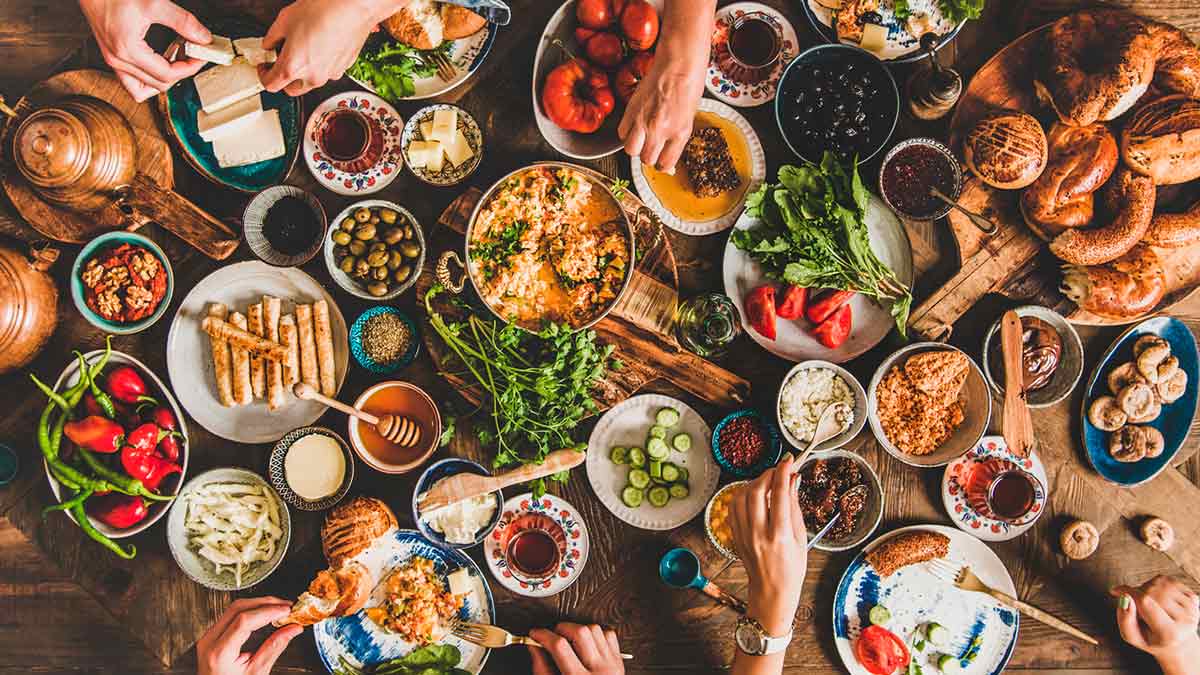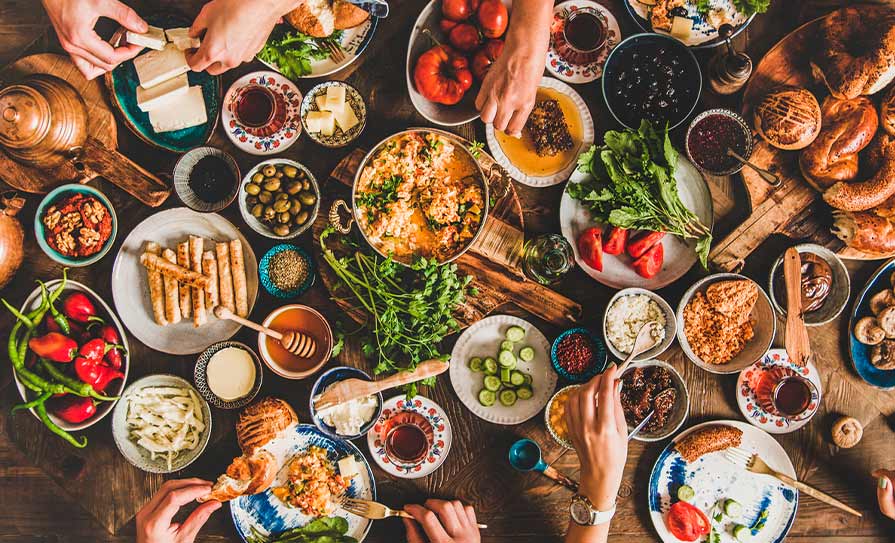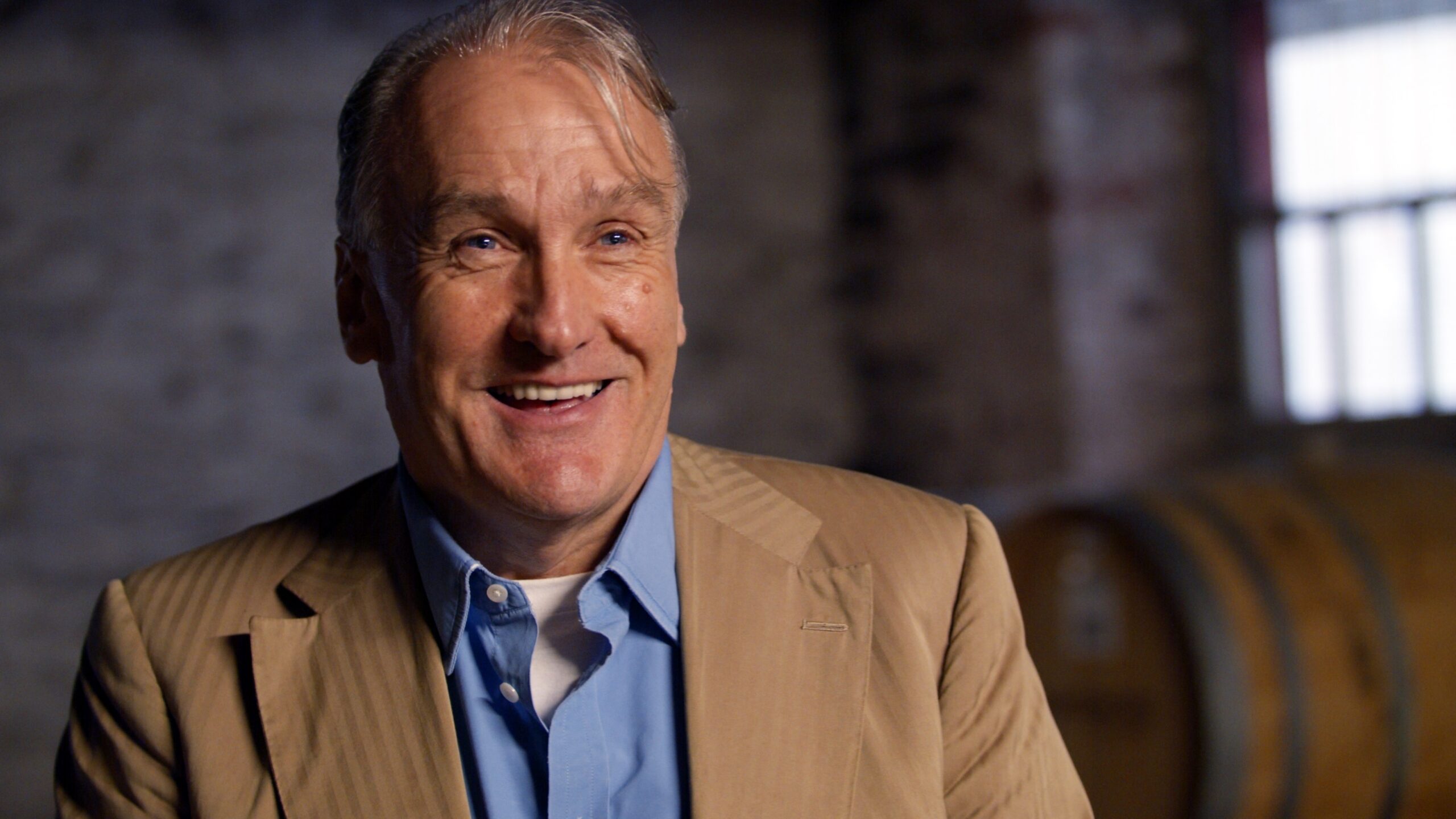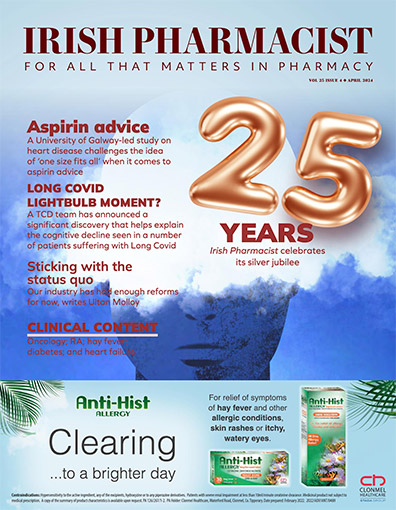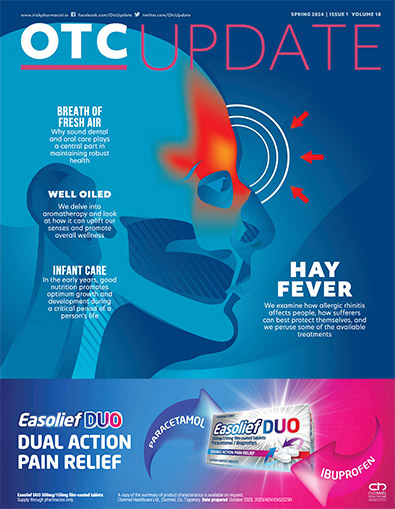I left school, much to my relief and that of my teachers, in 1977. The school in question — quite a famous one, as it happens — had a curious approach to feeding children and adolescents. When I arrived in the preparatory school towards the end of the 1960s, a fairly nutritious if rather dull lunch was served each day.
At the dawn of the 1970s, it was decided to feed us on soup (Erin, I suspect, and always oxtail) with bread rolls, followed by mincemeat cooked between sheets of pastry on a vast tray and cut into squares. Aged ten, this was fine by me. However, as I hurtled into my teens, I adopted quite a different diet.
By the time I was 15 or 16 and 6’2” tall — I demonstrated in my person Euclid’s definition of a straight line having length and no breadth — my lunch consisted of a can of Coke, a packet of crisps (Tayto cheese and onion) and something called a Bobby Bar. This comprised desiccated — or desecrated, if you prefer — coconut, embedded in an ingot of caramel that threatened to pull any remaining milk teeth.
I must have eaten this every weekday for three or four years, and I seem to recall that I wasn’t alone. Of course, my parents gave me a solid breakfast (usually porridge and a boiled egg) and a very proper evening meal, my mother being an excellent cook who genuinely enjoyed feeding people.
I was thinking about this phase in my dietary life when I read about the relationship between Irish teenagers and sugary drinks. According to a Health Behaviour in School-aged Children (HBSC) survey, Irish youngsters have fallen out of love with the stuff, recording the biggest drop in consumption across the 21 EU countries surveyed.
The drop in intake of sugary drinks between 2002 and 2018 among Irish teenagers was just under 85 per cent. England came second in the league table, with a drop of almost 75 per cent.
There seems to be a socio-economic status issue, but perhaps not as marked as one might expect, with 11 per cent of the lowest group having at least one sugary drink a day, as against 4 per cent in the highest. And in most countries, including Ireland, boys are more likely to do so than girls.
Perhaps this is partly what lies behind the OECD-FAO projections for global sugar consumption for 2018-2030. Globally, they predict a rise from 168,965 to 195,923 kilotonnes (kt) but in Europe, they are forecasting a fall in sugar consumption from 27,443kt to 26,540kt over the same period (it’s important to stress that this is about consumption, not production. EU sugar production is falling for several reasons, including the very welcome ban on neonicotinoid pesticides).
John Yudkin, the British physiologist who died in 1995, was warning anyone who would listen about the dangers of sugar since the 1950s. He had been appointed Professor of Physiology at Queen Elizabeth College, University of London, in 1945. It was here that he launched the first nutrition degree course in Europe.
His assertion that sugar leads to cardiovascular disease tended to skirt around confounding factors, something that caused Ancel Keys, of ‘Lipid Hypothesis’ fame, no stranger himself to cherry-picking data, to foam at the mouth. Metaphorically. The global sugar industry, spooked by Yudkin’s claims, and his ability to communicate with ordinary people in ordinary language, were paying Keys to attack. But, to be fair, he probably would have taken this line anyway.
Attacking an industry that funded — and still funds — a massive amount of dietary research had consequences. Yudkin’s later academic years saw funding diminish to a trickle but his book, Pure, White and Deadly, published in 1971, was a huge success. He retired shortly afterwards.
So, having a go at sugar annoys some very powerful vested interests. More to the point, they are highly organised by contrast with, say, the dairy and beef industries, which have pretty well rolled over when it comes to the health claims made by the makers of processed foods with dubious health claims, and the ever-more powerful vegan lobby. The hyper-processed food industry has a huge interest in promoting veganism because of the demand for fake meat products.
But what sort of advice should we be giving people about sugar in the context of diet? I can speak only for myself, of course, but I think the stuff is best avoided, except as an occasional treat. For me, that could be a little homemade raspberry jam with a buttery croissant on Sundays or, if we’re having people around, maybe a very dark chocolate tart or an apple pie with plenty of full-fat cream. Oh, and the odd square of 85 per cent cocoa solids chocolate with an espresso. As for buying biscuits, I can’t remember the last time we did. And we have not had a ‘treat box’ since our children suddenly all grew up.
However, I know people who say things like, ‘I simply have to have a biscuit mid-morning’ (note the singular); or ‘if there’s chocolate in the house, I have to eat it’. Let’s face it, sugar is addictive. Withdrawing it suddenly is no fun at all.
My adherence to a fairly low-carb regimen has been sorely tested by the arrival of a new artisan bakery, Vinilo, in Lismore, where the classic sourdough, made with organic f lour, is the Siren to my Greek sailor. However, I do manage to limit my consumption, and I don’t put jam on it!
The drop in intake of sugary drinks between 2002 and 2018 among Irish teenagers was just under 85 per cent
WINE OF THE MONTH
Leaving sugar aside, Eamon FitzGerald of winespark.com, who used to be head buyer for Naked Wines in the UK, has a sweet deal if you come on board for a tenner a month. Essentially, you get his very cleverly-chosen wines at effectively a wholesale price.
Take, for example, the Mas Calamiac Minervois la Livinière 2019 that you can buy for €15.08, as against a retail price of €25 were the wine available elsewhere in Ireland. It’s 60 per cent Syrah, 40 per cent Grenache, dark, deep, brooding, spicy, seductive, long and lingering. Yes, I do rather like it. And to hell with Ancel Keys and veganism, I’ll have it with a juicy steak!
